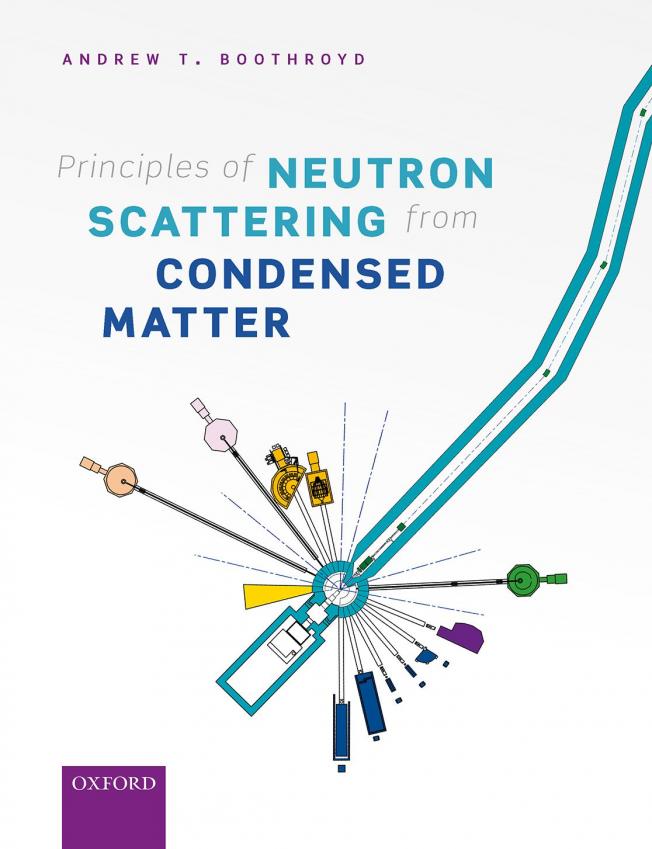Terahertz-frequency conductivity of charge stripes in the antiferromagnet La5/3 Sr1/3 NiO4
Institute of Electrical and Electronics Engineers (IEEE) (2007) 869-870
Probing novel order parameters in multiferroics with X-ray resonant scattering
Acta Crystallographica Section A: Foundations and advances International Union of Crystallography (IUCr) 63:a1 (2007) s91-s91
Investigation of the spin state of Co in LaCoO3 at room temperature
ArXiv 0707.1070 (2007)
Abstract:
We investigate the spin state of LaCoO3 using state-of-the-art photoemission spectroscopy and ab initio band structure calculations. The GGA+U calculations provide a good description of the ground state for the experimentally estimated value of electron correlation strength, U. In addition to the correlation effect, spin-orbit interaction is observed to play a significant role in the case of intermediate spin and high spin configurations. The comparison of the calculated Co 3d and O 2p partial density of states with the experimental valence band spectra indicates that at room temperature, Co has dominant intermediate spin state configuration and that the high spin configuration may not be significant at this temperature. The lineshape of the La 5p and O 2s core level spectra could be reproduced well within these ab initio calculations.Nature of the magnetic order in the charge-ordered cuprate La1.48Nd0.4Sr0.12CuO4.
Phys Rev Lett 98:19 (2007) 197003
Abstract:
Using polarized neutron scattering we establish that the magnetic order in La(1.48)Nd(0.4)Sr(0.12)CuO(4) is either (i) one dimensionally modulated and collinear, consistent with the stripe model or (ii) two dimensionally modulated with a novel noncollinear structure. The measurements rule out a number of alternative models characterized by 2D electronic order or 1D helical spin order. The low-energy spin excitations are found to be primarily transversely polarized relative to the stripe ordered state, consistent with conventional spin waves.Magnetic excitations of charge-ordered La2NiO4.11
J MAGN MAGN MATER 310:2 (2007) 760-762


